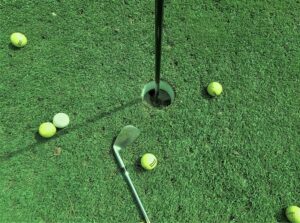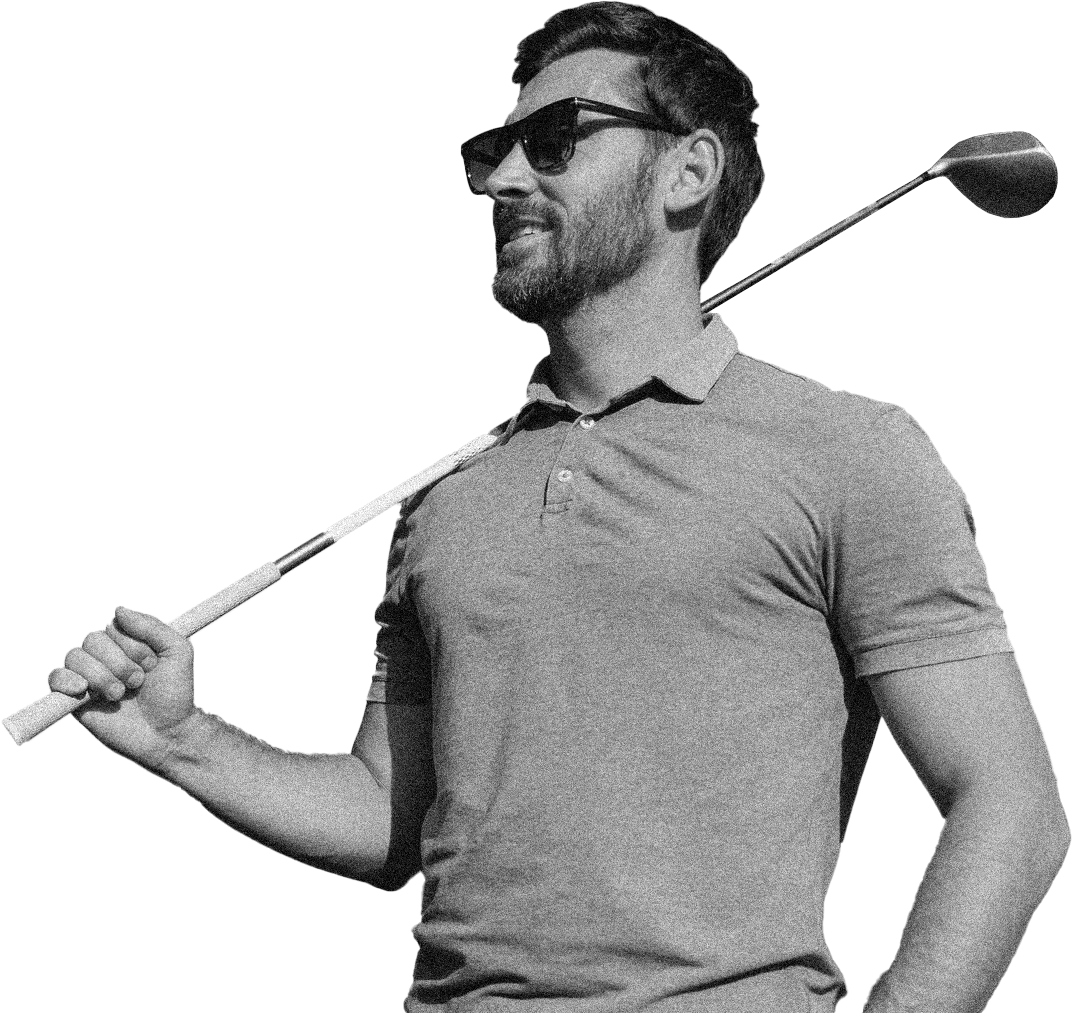The sun is just beginning to set, casting long shadows on the verdant fairway. You step up, positioning yourself, feeling the familiar weight of the club in your hands. As you pull back for the swing, a thought crosses your mind – would the legends of golf recognize the advanced piece of equipment you’re holding?
The journey of golf equipment, much like those seeking golf lessons in Orlando, is one of constant evolution and pursuit of perfection. It’s not just about the clubs; it’s about the symphony they create with the golfer.
Let’s dive deep into this evolution and see how it’s changing the game.
The Humble Beginnings: Woods and Feathers
Long before the advent of graphite and the gleaming clubs we see today, golfers had a very different playing experience.
Wooden Era
The ancient golf grounds echoed with the sound of wood striking wood. The earliest clubs and balls were both made from tough woods, often shaped with rudimentary tools. Without the precision of today’s equipment, these golfers heavily depended on skill and intuition.
Every shot taken was a testament to the golfer’s expertise, making the game more about the player’s talent than the tools at hand.
Featherie Revolution
The featherie ball marked one of the first significant upgrades in golf equipment. Crafted with leather and tightly packed with feathers, these balls promised better flight and control. However, they weren’t without their challenges.
Producing them was labor-intensive, making them a pricey commodity. Additionally, their durability was often in question, especially in wet conditions where they’d absorb moisture and lose their shape.
The Steel Age: Shifting Gears
As the Industrial Revolution steamed ahead, its impacts were felt on the golf courses too.
Advantages of Steel
The introduction of steel shafts was a game-changer. Not only were they more durable than their wooden counterparts, but they also allowed for innovations in club design. With steel’s ability to withstand greater forces, golfers could now attempt a wider range of shots.
The consistency and control offered by these shafts meant that players, including those opting for golf lessons in Orlando, could focus on refining their swings without worrying about equipment limitations.
Ball Evolution
Progress in ball design paralleled advancements in club technology. The Haskell ball, boasting a rubber core, redefined the game’s dynamics. Its resilience, combined with the newer steel clubs, allowed golfers to achieve distances and precision previously thought unattainable.
The Modern Magic: Composite Materials and Advanced Designs
Modern golf is a blend of tradition and cutting-edge innovation.
Graphite and Titanium
These materials ushered in an era of lightweight yet robust clubs. The benefits were instantly recognizable: golfers could now achieve faster swings without sacrificing accuracy. Clubs tailored for various shots – from drives to putts – became widely accessible.
Technological Integration
Golf clubs of today are marvels of engineering. Integrated with adjustable weights, they can be tuned to a player’s unique swing. Enhanced sweet spots reduce the impact of off-center hits. These clubs cater to the individual needs of players, a testament to how far golf equipment has come in personalizing the experience.
The Future: Smart Equipment and Personalization
The horizon of golf equipment innovation seems limitless.
Smart Clubs
The clubs of the future are set to be interconnected. Picture a club with sensors that relay real-time data on your swing, angle, and force, providing immediate feedback. This could be a transformative tool for those seeking golf lessons in Orlando, turning every practice session into a tailored lesson.
Tracking Balls
Beyond just the flight and spin, future golf balls might offer real-time data analytics. Whether it’s their speed, trajectory, or even deviations caused by wind, these balls will keep players and spectators informed, heightening the game’s engagement level.
The Game Beyond the Equipment: Skills and Training
In the heart of it all, golf remains a game of skill, honed over time.
Training with Technology
Virtual reality, swing analyzers, and biomechanical assessments are making their mark in modern golf training. These tools provide insights that were previously based on mere observation, turning every training session into a precise, data-driven exercise.
The Role of Coaches
Amidst this whirlwind of technological advancement, the importance of a seasoned coach remains undiminished. They bring a human touch, interpreting the data, understanding the player’s psyche, and transforming raw talent into refined skill. Their wisdom, coupled with state-of-the-art equipment, promises a golden era for golf enthusiasts everywhere.
Final Thoughts
In this riveting journey of golf equipment evolution, players now stand at a juncture where the past’s traditions and the future’s promises intersect. The game’s essence remains unchanged, but its tools have transformed, offering unprecedented advantages.
Those seeking to truly harness the power of these advancements, be it a budding golfer or a pro, should consider marrying their passion with proper guidance. Taking golf lessons in Orlando, especially with someone as experienced as John Hughes, can be that bridge between raw talent and refined skill.
Are you ready to up your game? Dive into the world of golf with John Hughes. With over 30 years of rich experience, John offers you the best Orlando Golf Lessons, ensuring that you don’t just play the game but master it.
Join us and exceed your own expectations on the course. Your journey to golfing excellence starts here. Why not start with a phone call or email?






